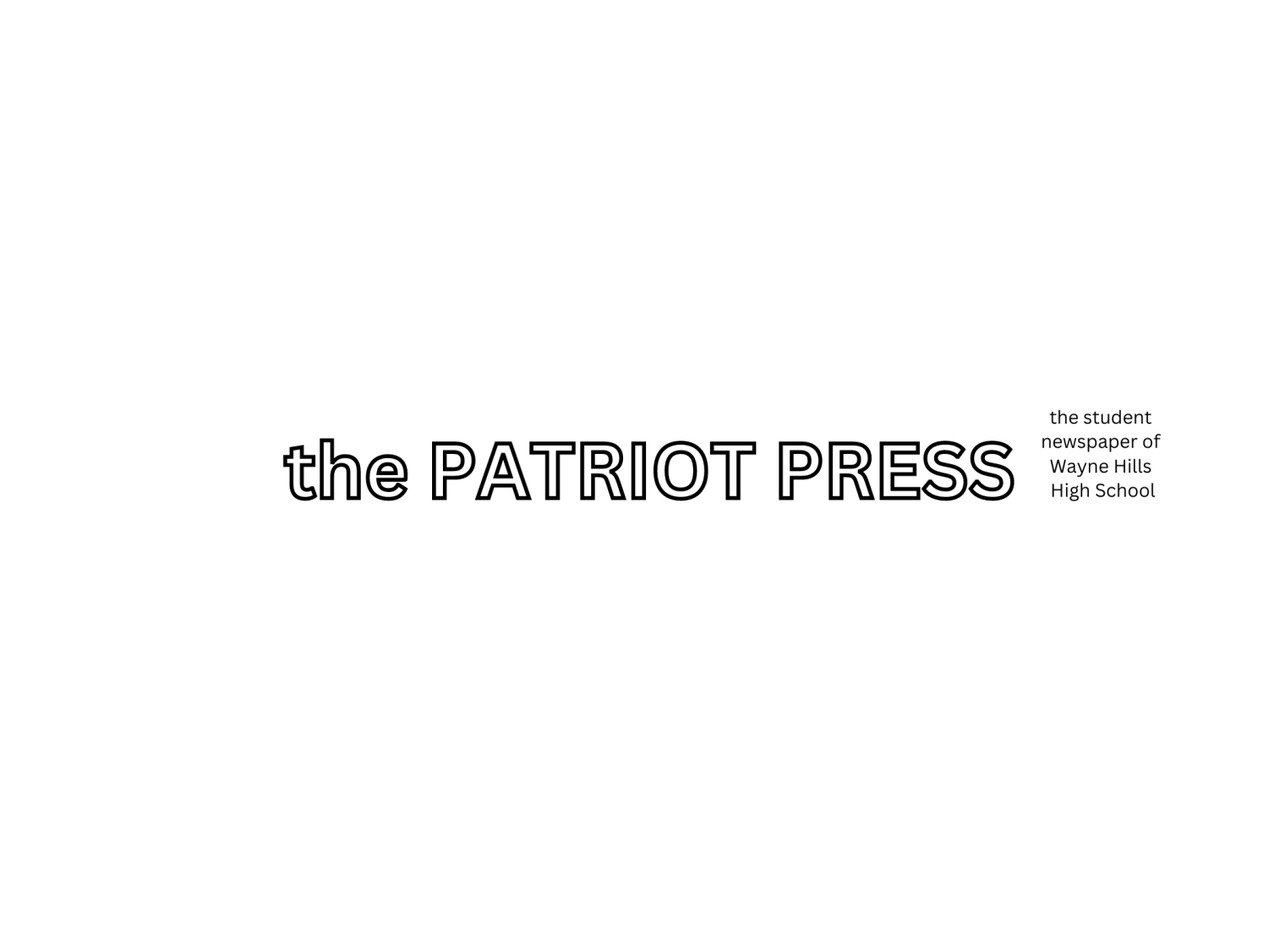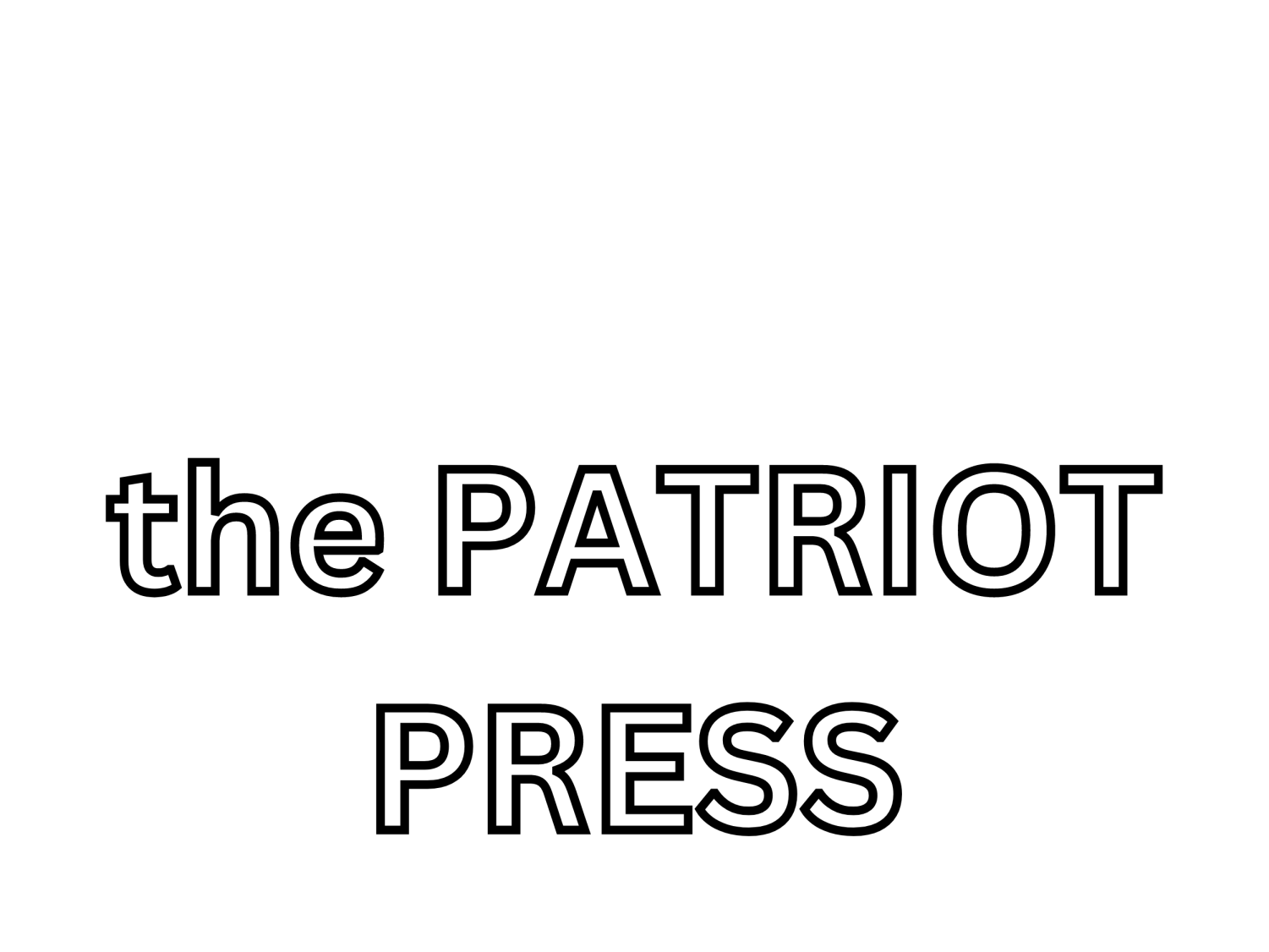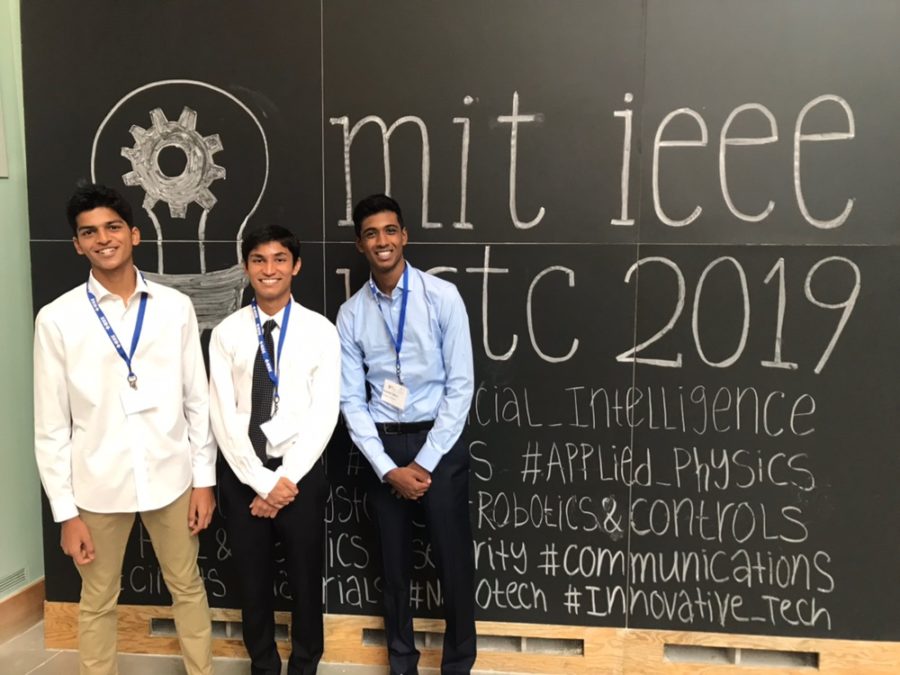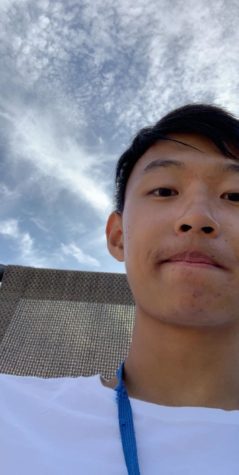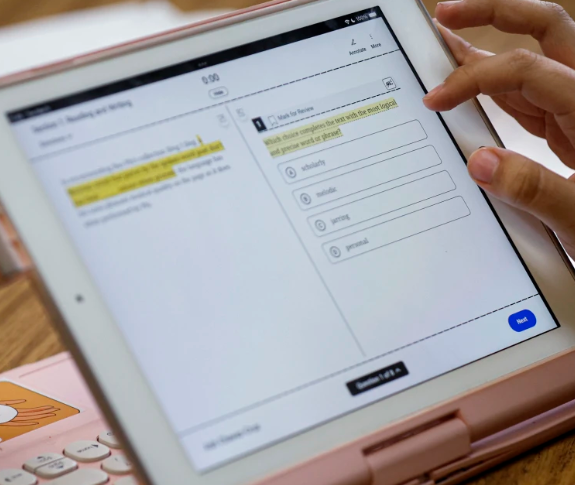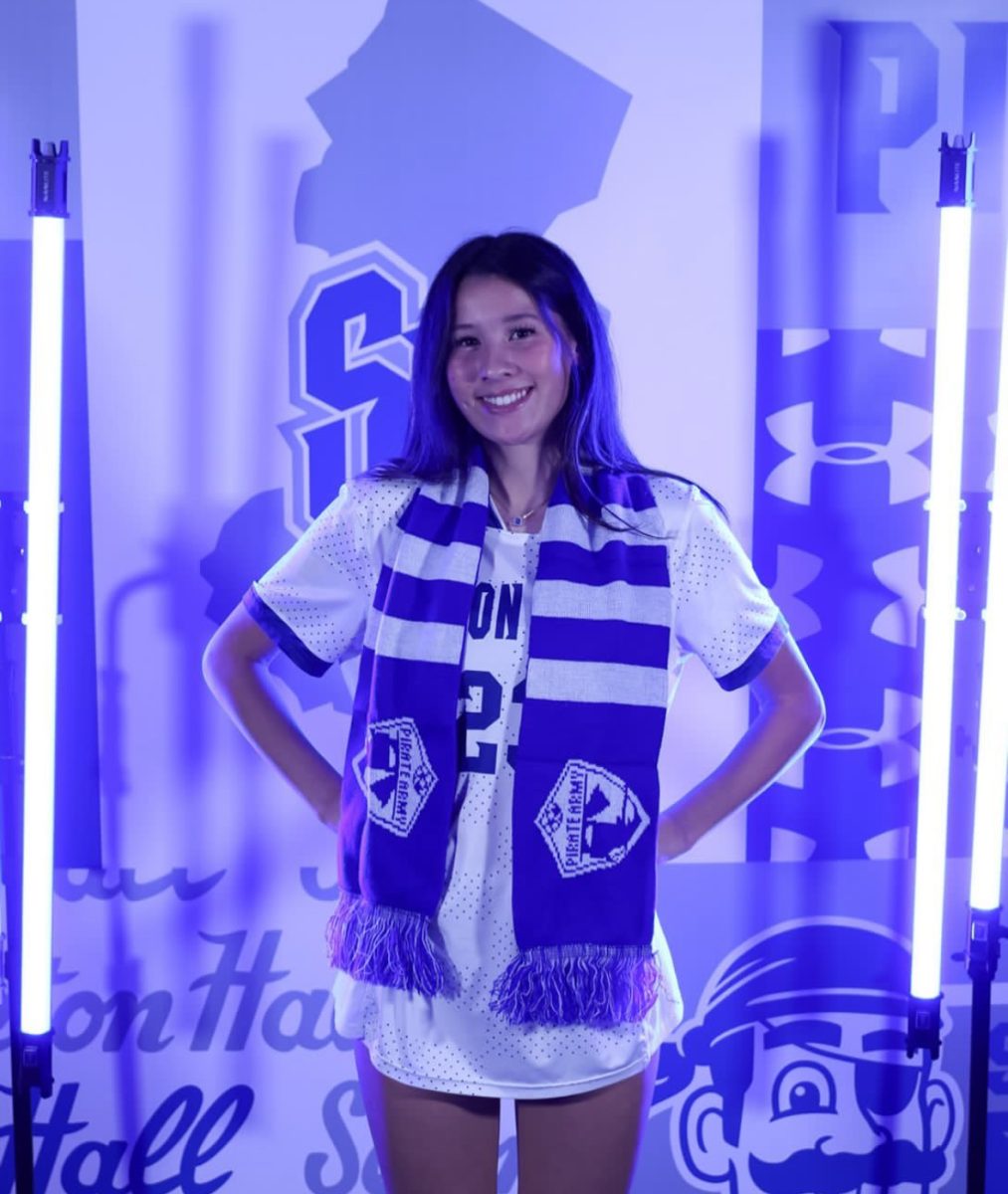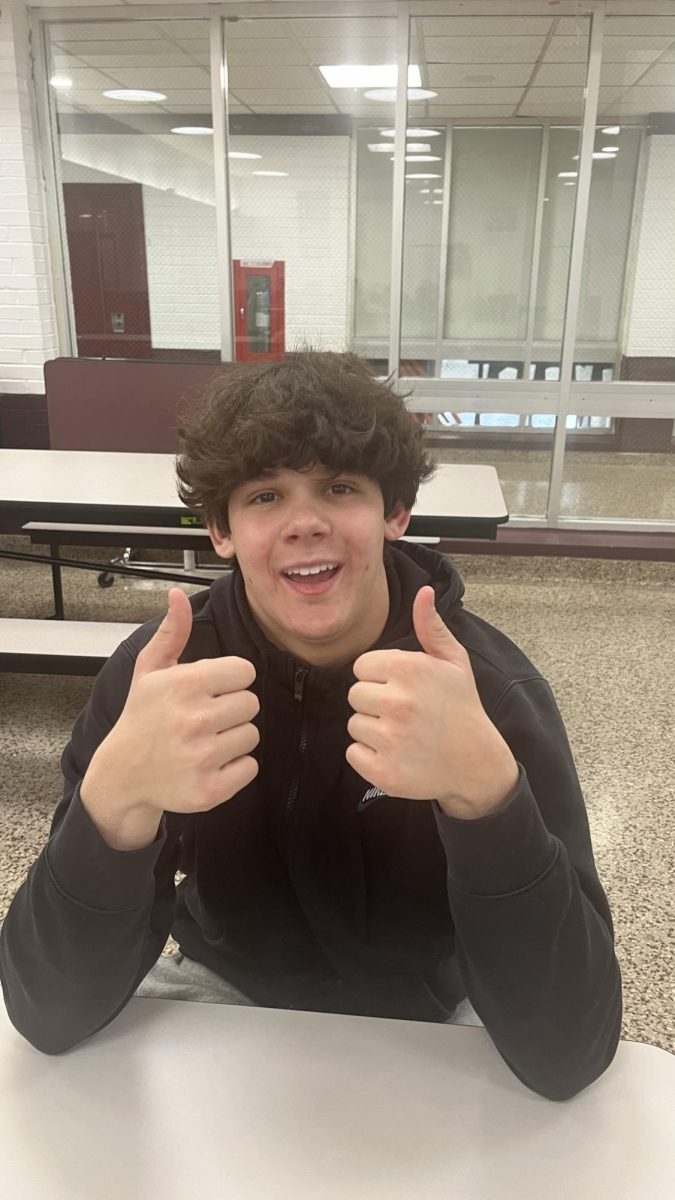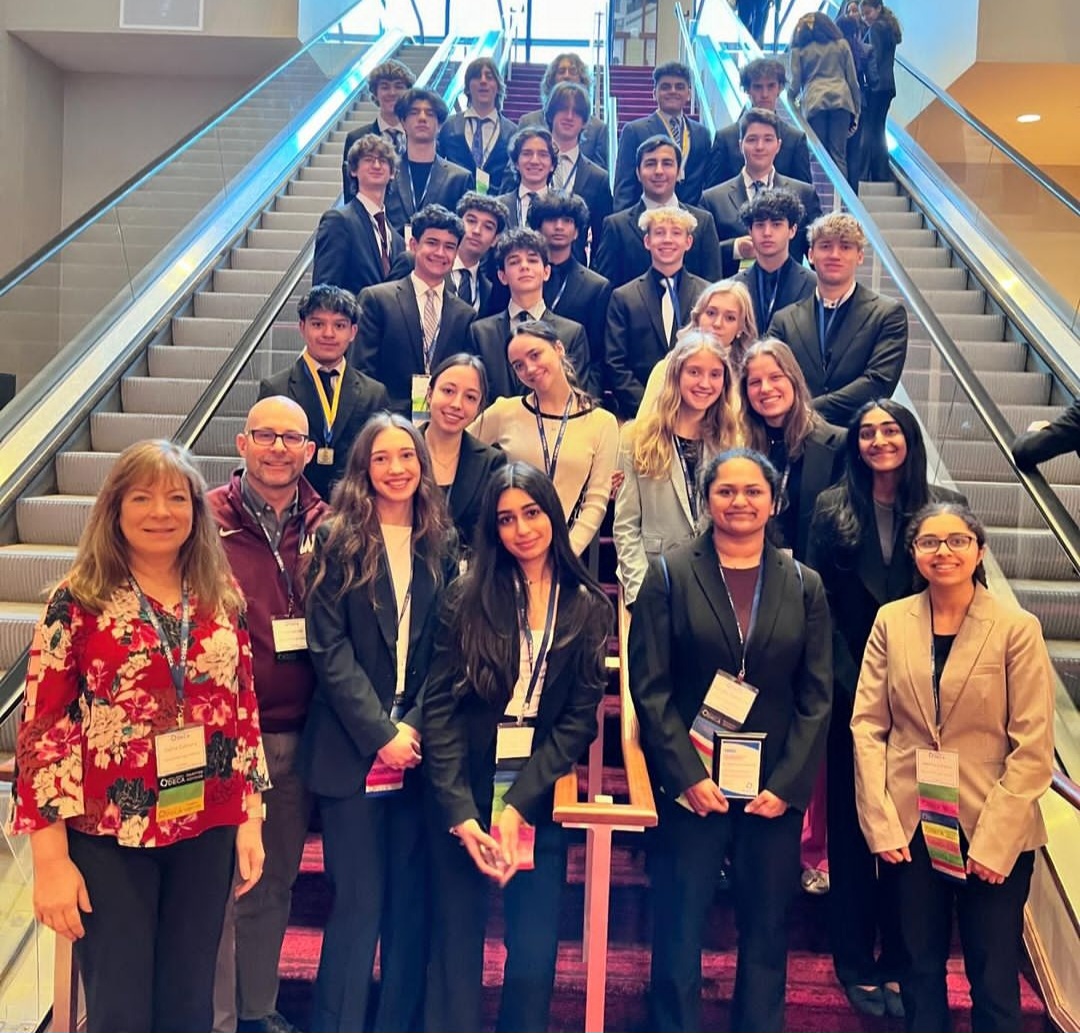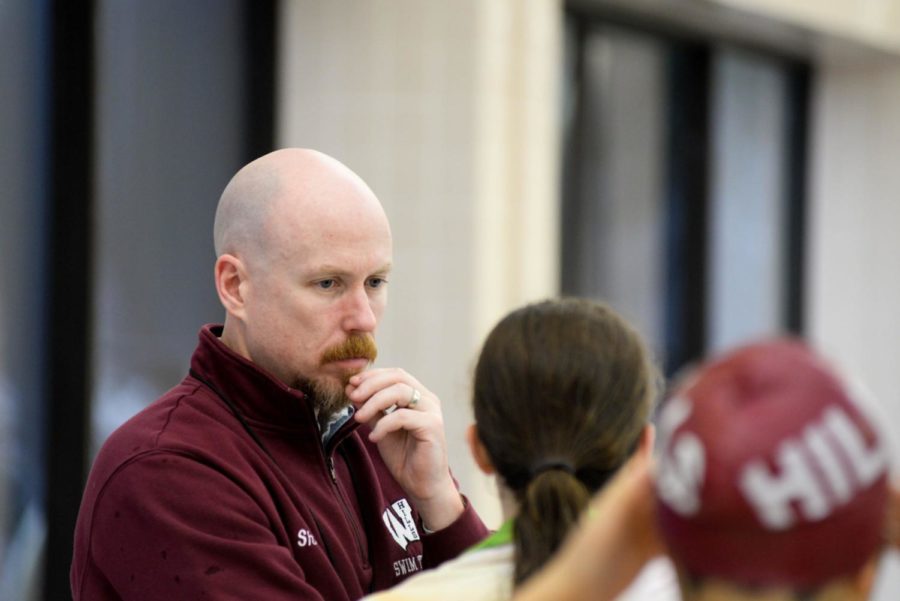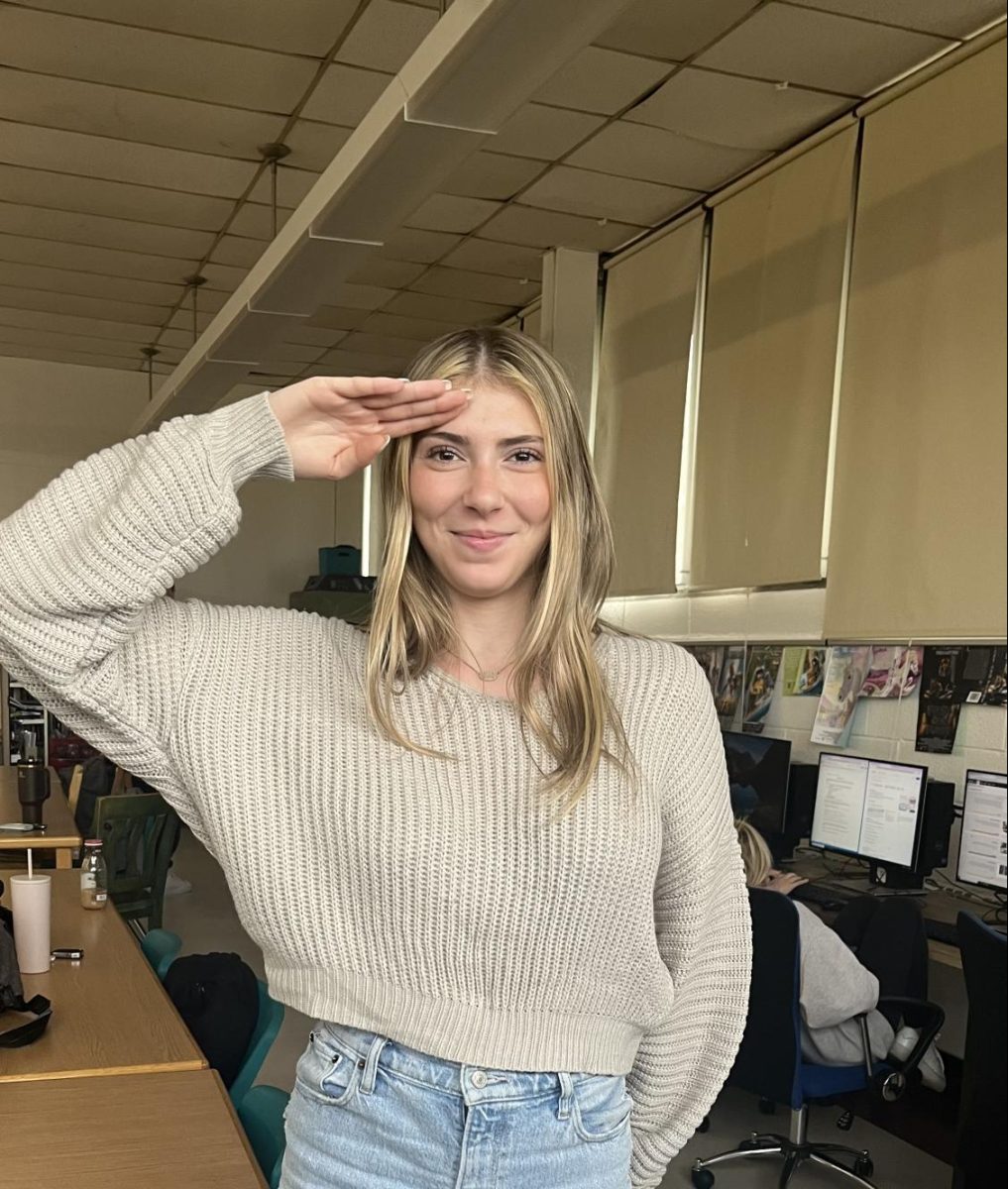WHHS Senior Kaushik Tallam Recognized For Scientific Achievements
October 29, 2019
The Wayne Board of Education honored Wayne Hills Senior Kaushik Tallam during their Board Meeting on October 18th for his outstanding achievements in science.
Tallam spent a portion of his summer at the Governor’s School for Engineering and Technology (GSET), a rigorous and selective program at Rutgers University open to high schoolers interested in STEM fields.
In their statement, the board explained how Tallam “was part of a group doing biomedical research on how to optimize 3-D printed polymer strands for use in nerve conduits.” Tallam also attended “the 2019 IEEE MIT Undergraduate Research Technology Conference” from October 11th to October 13th after his group’s research paper was accepted into the conference.
We interviewed Kaushik Tallam about his experience at GSET and his interests in science.
Q: What courses did you take and what concepts did you learn at GSET?
A: GSET provided me with the opportunity to experience different niches within the engineering field and expand my knowledge in general. I also learned how to use a program called Unity to program a video game. I took physics classes that was on more theoretical physics and interestingly enough learned how to theoretically time travel…but thats for another time. I also learned how to code in python and c++ on top of learning advanced circuits.
Q: Can you go into specifics on what project you worked on during your time at the program?
A: The research was on these biomedical devices called nerve conduits. Normally these conduits are produced by weaving together thin polymeric strands of PLA (polylactic acid) either manually or through an extrusion process called electro weaving to form a tube shape that is both flexible and porous. These small conduit can be placed in between severed peripheral nerves in order to provide a path for nerve regeneration. What me and my research team studied was how to produce these conduits more efficiently through 3D printing. We researched optimal polymeric data for the formation of both flexible and porous conduit. As the only member in my group with CAD experience, I did most of the modeling for the conduit.
Q: Is there anything else you explored at GSET?
A: Alongside my research, I created a demonstration on the plausibility of a concept called a Dyson Swarm with 5 other teammates. Basically, a Dyson sphere is a huge hollow sphere that would cover the sun or a nearby star in solar panels in order to harvest all of the star’s energy. A Dyson sphere, however, is really impractical as it would be near impossible to orbit and build, so me and my team proposed surrounding the sun with a bunch of satellites carrying solar panels.
Q: Do you take part in any other science-related activities in and out of school?
A: I take part in science league and I enjoy CAD design and 3D printing.
Q: Is there any specific reason you chose to delve into the science field?
A: Honestly, I have no other particular reason for exploring the science field other than that I enjoy learning about the world around us. I feel like I’m just naturally curious about how everything works and it is interesting to think that every single thing down to the particles in the universe can be explained by some sort of law or equation. There is always an answer and I enjoy working towards discovering the truth.
Q: What are your ambitions for the future?
A: In the future, I really want to take classes in both business and engineering. I am still unsure of my career path, but I definitely want to gain knowledge in engineering so I can both research and discover ways to benefit the world as well as apply that solution around the world. They are big dreams, I know, but they just motivate me to continue learning.
Q: Do you have any advice for those also wanting to pursue the scientific field?
A: My only advice would be to let your curiosity run wild and never let yourself give up on understanding the world that surrounds you.
Kaushik plans on further delving into the scientific field far after high school; we cannot wait to see what he accomplishes in the future! You can read the research journal his team wrote on Polymeric Nerve Conduits here.
